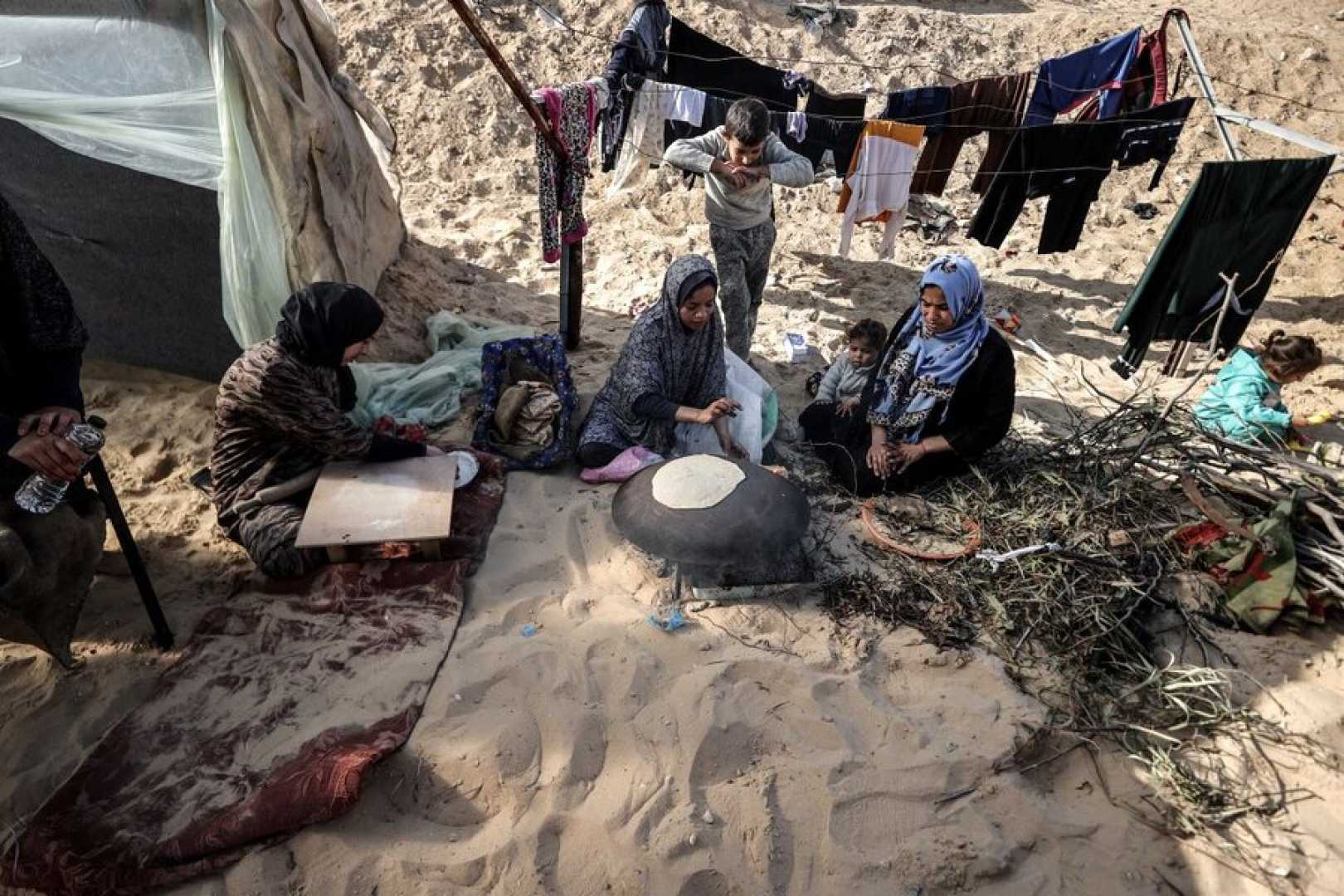Health
Child Malnutrition Crisis Threatens Long-Term Health in Gaza and Beyond

LONDON, Jan 31 (Reuters) – A surge in aid to Gaza following the Jan. 19 truce between Israel and Hamas is expected to alleviate the acute food emergency gripping the war-torn territory. However, the long-term health consequences of childhood malnutrition could persist for years, affecting tens of thousands of children.
According to United Nations estimates from Jan. 22, more than 60,000 children in Gaza will require treatment for acute malnutrition by 2025. While some have already succumbed to hunger, survivors face a hidden threat: lifelong health issues linked to early malnutrition. This crisis is not isolated to Gaza, as global food shortages have ravaged populations from Haiti to Afghanistan and Sudan.
Approximately 131 million children worldwide, including nearly 40 million under age 5, live in areas experiencing acute food crises, according to the United Nations’ World Food Programme. Nearly 4.7 million pregnant women are also affected, as reported by the United Nations Population Fund. These figures highlight the scale of a problem that transcends borders and conflicts.
“People focus, quite rightly, on the short-term aspects of malnutrition,” said Marko Kerac, professor of nutrition for global health at the London School of Hygiene and Tropical Medicine. “What’s missed … is that the damage done will not suddenly stop when the emergency stops.”
Studies show that severe malnutrition in childhood can lead to stunted cognitive and physical development, as well as increased risks of cardiovascular disease, type 2 diabetes, and other non-communicable illnesses later in life. While some effects can be mitigated with proper nutrition, persistent poverty, war, and civil strife often hinder recovery in affected regions.
Hannah Stephenson, head of nutrition with Save the Children, emphasized the challenges of recovery. “The more severely malnourished a child is, the harder it will be to recover,” she said. The duration of malnourishment also plays a critical role in determining long-term outcomes.
Professor Mubarek Abera, a child and maternal nutrition researcher at Jimma University in Ethiopia, highlighted the broader societal impact. “It costs the person, the family, the country,” he said, noting that food crises can leave entire generations with physical and cognitive deficits.
Children are particularly vulnerable to the effects of malnutrition due to their developing bodies and brains. The World Health Organization identifies four types of undernutrition, all of which can coexist during a famine and leave lasting marks. A child’s vulnerability is further compounded by pre-existing conditions, disabilities, or chronic malnutrition.
Research from Malawi underscores the grim reality. A study led by Amir Kirolos of Britain’s National Health Service followed 1,024 children treated for acute malnutrition between 2006 and 2007. After 15 years, only 168 of the original cohort were alive and traceable, many of whom still showed signs of stunted growth and reduced muscle strength.
Historical famines, such as the 1932-33 Ukraine famine and the Great Chinese Famine of 1958-62, have also demonstrated the long-term health impacts of malnutrition. Exposure to famine in early gestation has been linked to a doubled risk of type 2 diabetes, according to Bertie Lumey, a professor of epidemiology at Columbia University Medical Center.
Scientists are still unraveling the mechanisms behind these long-term effects. Some theories suggest epigenetic changes or metabolic disruptions during critical developmental periods may play a role. However, more research is needed to fully understand and address these challenges.
As the global community grapples with the immediate needs of food crises, the long-term repercussions for children remain a pressing concern. “Filling this important evidence gap could help improve both the initial treatment and the long-term support for formerly malnourished children,” said Kerac.
Meanwhile, UN Secretary-General António Guterres has called for the immediate evacuation of 2,500 children from Gaza for medical treatment. These children, many of whom require simple but urgent care, represent just a fraction of those affected by the ongoing crisis.












